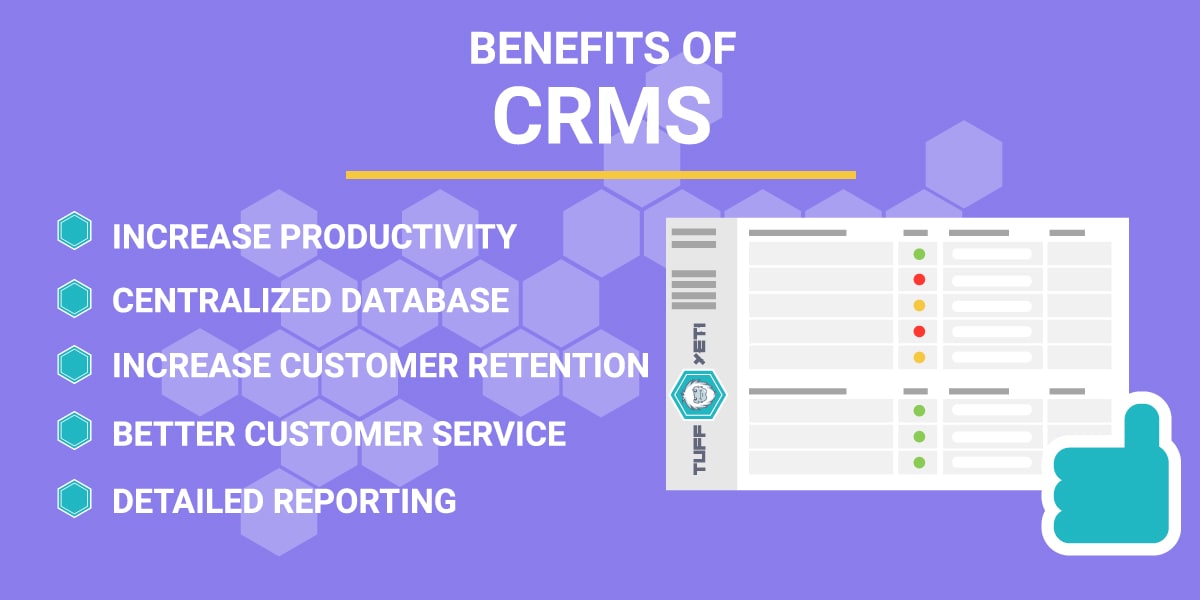9 Tips for Writing Content for SEO & Growing Your Business
If you’ve got a website, like blogging, or have a content-focused business, writing content for SEO should be one of the top priorities that you focus your energy on.
On average more than 50% of traffic to websites is driven through search engines like Google, with the rest coming from other sources like well-built email lists, social media, and paid advertising.
When it comes to trying to rank content in search engines, though, it can often be confusing and a task as to where to start and how to get your content ahead of the competition.

Throughout this article, I’ll guide you through a few actionable tips on what you need to add to your content and the SEO tools to help you find the best opportunities to rank your content higher.
Of course, writing SEO content and on-page SEO techniques are only a few areas you’ll need to get to the top of SERPs. There’s gaining backlinks, technical SEO, and more to consider.
1. Do your keyword research first
With over 1.17 billion websites globally, you’ve got your work cut out on getting your website content noticed. Granted, not all are targeting the same area of business as your content, but there’s still a huge competition for getting within the top 10 results on popular search engines like Google.
This is where keyword research comes into play. Focusing on writing targeted posts for terms that your target audience, whether in the US, UK, Europe, or Asia, are actually searching for dramatically increases your chances of ranking.
Keyword research tools like Semrush, Ahrefs, and Ubersuggest can all help you find new keyword opportunities for the content that you want to write or discover new content ideas that could

Enter a seed keyword, and you’ll be able to see the estimated search volume in a given country, SEO difficulty score, other keyword ideas, and the potential to see which sites and web pages already rank at the top of search engines for that term.
Pick terms with high search volume, and low SEO difficulty gives you the best chance of ranking if you write your content well.
Most short-tail (short keyword terms) are usually highly competitive. Try to find long-tail keyword phrases that perhaps don’t have as much traffic as they are often easier to rank for.
This research, combined with other keywords and phrases that naturally occur while writing your content, can provide added value and ranking benefits.
These areas can give you an idea of where to focus your efforts and is the first step in writing content for SEO that has a chance to compete.
2. Optimize content headings
While doing your keyword research, you’ve undoubtedly opened up a can of worms in terms of different words you could rank for.
You can use these similar groups of terms to structure your post headings.
Logically go through and use your primary term in your pages’ H1 and Meta Title while using other key terms that relate to your main one in H2, H3, and H4 tags as necessary.
Don’t just stuff keywords in there, though. Make sure each one adds value to the content you are writing and entices the reader to read on further.
When it comes to writing the main page title, make sure it captures your readers’ attention and isn’t just a keyword phrase.
Add modifiers like ‘Best’, ‘Reviews’, ‘Top’, and Numbers for lists, as these can add to the click-ability of your content in search results and drive more traffic to your website,
3. Structure your posts for SEO benefits
I’ve talked about adding keyword headings to your posts but structuring your content is more than just headings.
Headings are essential, but so is the rest of your content if you want your readers to stick around.
Create a compelling introduction that captures the users’ attention. Tell them what they can gain from reading your content and how it can help them.
If your content answers a question like ‘What is the best SEO software for keyword rankings?‘ then don’t make your readers search high and low for the answer.
Write it out in plain language near the top of your page.
It might seem counterintuitive to give your readers the answer straight away as they might not stick around to read the rest of the content. And they might not. But, in terms of SEO, that answer could land you a Featured Snippet at the top of Google searches and give you a rankings boost.
It’ll help get eyes on your brand and help searchers see your website as a trusted source of information.
After that, add different forms of information where applicable, like lists and highlight phrases that the reader will find useful, making it super easy for someone to scan your content for information to find it.
Related: If you’re new to SEO copywriting then why not hone your skills with online courses at Udemy.
4. Write for your users first
When you find a good selection of keywords to add to your content, it’s very tempting to add every single one to your page.
Yes, search engines are crawling your site for keywords and identifiers, but it’s always best to take a user-first approach to write content for SEO.
Taking the user into consideration will help your visitors stay on the page longer.
It will help:
- Reduce bounce rates
- Increase your time on page stats
- Increase the likeliness they will share your content with others or link to it from their website
Making your content readable and a resource that people are willing to share can prove wonders in boosting your SEO ranking efforts. Backlinks are one of the leading search ranking factors that can help increase your domain authority and trustworthiness in search engines’ theoretical eyes.
Don’t stuff keywords and write in a way and reading level your intended audience can understand.
5. Add media to your content
You’ve probably figured out that creating an SEO content piece is more than just writing content on a page and hoping for the best.
It might not be written words, but to gain an SEO advantage over your competition, it’s always best to add some form of additional media to your posts.
Not everyone processes information in the same way. Some like endless paragraphs of words, while others are more visual and need informative graphics to help digest what your content is about.
Adding related images, supporting videos, or infographics can help your visitors consume your content better, making it more shareable across social media, linkable to other websites, and a valued resource.
Just make sure you add a few keywords in the alt tag of your images to help describe what they are about adding to your on-page SEO efforts.
6. Add internal and external links
Most content writers writing SEO content know that having supporting external links can help see your content as a more well-rounded piece.
You can use well-placed external links to add additional value to your piece, making it more useful for your readers and in the eyes of Google.
But did you know that well-placed internal links can also boost your content? It might not initially give the piece of content you are linking from a boost but could if that piece does well in search, boost other related areas of your site.
Make sure you link to related content and use keyword-rich anchor text to help boost the page you are linking to in the search.
Additionally, when you post your beautifully structured, well-written, SEO-rich content piece, link to it from other pages on your site. It will boost it by making it found quicker by search engine crawlers and transferring some link juice from those other already ranking pages.
7. Add data to backup your content
Adding data-led research goes with external linking opportunities. Add relevant data to your SEO copy to make it a more comprehensive, well-researched piece with supporting links.
This data adds value to your content, not only for the user who might want to read and find out more from other sources but also to your SEO efforts.
A well-researched piece can become a go-to article for others to link back to, gaining your website and post added SEO value.
Related: Here’s more SEO writing tips from SearchEngineJournal you might find interesting.
8. Include schema
A little outside the scope of what a content writer might do, but if you have SEO reporting tools like Yoast or SEOPress, or AIO SEO setup on your website, you’ll be able to add the appropriate schema to your articles automatically.
This schema helps search engines define the type of content you are publishing and additional information that could help it show up in various areas of the search results.
For example, a post on a recipe with a Recipe schema added can add things like cooking time, nutrition, prep time, ingredients, and more which show up alongside the piece in search.
All of this added data can help users click through to find out more from your website over one of your competitors that doesn’t have any schema listed.
9. Grammar check your content
Not grammar-checking my content is something I’ve been guilty of in the past. I rush to get my content out the door and in front of people as quickly as possible.
That’s all well and good, but if your content is full of spelling mistakes, grammar, and punctuation errors and has confusing sentences to read, your readers will move on.
It might not be a Google ranking factor, but spelling and grammar are part of what provides your users with an air of trust.
If you’ve got a poorly written introduction full of errors, your visitors will bounce, increasing your bounce rate, which is an SEO ranking factor.
That’s why I use Grammarly on all of my content before I publish. A grammar checker will go through a piece of content and give you suggestions on what you might want to change and why. It can also help rewrite specific sentences to make them read better for your given language specifications.
Well worth the yearly price tag of around $139.95 or about $11.66/month.

Writing SEO Content doesn’t need to be difficult
Whether you are writing for your company, trying to make money blogging, or just want to know how to write better content, writing for search engines doesn’t have to be difficult.
One of the hardest parts is finding the topics and the right keywords and phrases to target in the first place. Check out a site like Reddit and your competitors for additional resources.
Put any ideas you come up with through a keyword research software like SpyFu to help give you a better insight into whether it’s worth committing your time to.
Write for your readers in a conversational tone that reflects your business, add scannable keyword-rich headers and plenty of media, and don’t forget to grammar-check your content. You’ll be well on your way to producing content that outperforms the competition.
If you’ve found this piece useful, please share and help me gain those all-important backlinks to TuffYeti.com.



